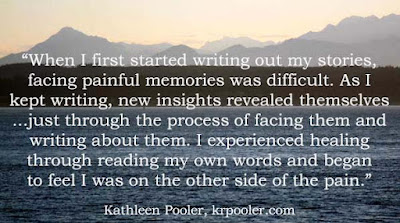“Laughter
is a universal language,” writes Chuck Swindoll. “The power of humor to build
rapport is . . . profound. . . . When
handled with care, humor will also endear you to your audiences [readers], who
will then give you greater access to their hearts.” (Saying it Well: Touching Others with Your Words)
You
know Chuck’s right. Think back to a time when an author or speaker made you
laugh. Charmed you. Beguiled you.
The
two of you might never have met. Perhaps it was a performer, an athlete, an
author, or a conference speaker—but after laughing you felt admiration, maybe even
a link. His personality shined through. You enjoyed him. You liked him. You
felt like you knew her, approved of her, and would like to spend time with her.
Laughter
is a bonder, a connector.
Humor
offers readers a shared experience.
That’s
why the “laugh” part of “Make ‘em cry,
make ‘em laugh, make ‘em wait” is important for writers to grasp.
Wilkie
Collins gets credit for that advice, and writers and speakers follow that for obvious
reasons: It keeps audiences engaged.
Here’s
an example of how humor can endear you to your reader.
I
once read an article about what could have been a boring subject—a winter
squash soup. But the article was no yawner. See for yourself:
“I found myself under a misty night sky, the brick patio glistening with rain under the light of the crescent moon.
“I raised a giant Kabocha [squash] over my head, gave out a shriek for good measure and hurled it into the brick. It was primal. . . .
“The husk broke loose, and I gathered the sweet orange chunks and returned to my warm kitchen. . . .
“There was something exhilarating about starting a pot of autumn soup by howling in the moonlight.” (Betsy Wharton, The Peninsula Daily News)
You
smiled. I know you did. Some of you even chuckled.
You
feel you know Betsy, at least a little,
after
catching a glimpse of her shrieking
and
howling in the moonlight.
Humor
makes you, the author, feel real to readers.
Humor
can also lighten the mood during stressful segments of your memoir. When
writing about heavy topics—heartbreak, tragedy—humor can give readers a break.
Laughter
lets readers catch their breath and regroup.
Humor
can provide much-needed perspective and balance.
In
composing my memoir, Grandma’s Letters from Africa, I’d been writing about
witnessing (from a distance) inconceivable massacres that raged for months in
neighboring African nations.
I
continued writing about many colleagues who evacuated to Nairobi, Kenya, where
my husband and I lived. For months we had prayed for those dear people, housed
one of them, and welcomed a couple of them to join us for Christmas.
We
listened to their stories, wept with them, and welcomed their children to our
school.
Even
though our missionary colleagues evacuated, we agonized over continuing bloodbaths
Africans were inflicting upon each other.
The
daily relentlessness left me numb.
Then
things got worse.
Violent
protests began near our office
and
home in Nairobi.
Our
world was spinning out of control.
And
right there in the middle of it, I wrote a light-hearted vignette about my
midnight fights with mosquitoes—about holding my own mock-violent protest over those
most irritating insects in our apartment.
My
silly little drama didn’t seem out of place in my memoir because that was how
real life was happening at the time: In the midst of danger and chaos, wacky
incidents popped up. (And I was thankful to laugh about something. Ya can’t cry
all the time!) The mosquito vignetted offered a breather to both me, the writer, and my readers.
Antoinette Truglio-Martin captured the idea well when she said,
“Storytellers
need to find a chuckle
in
between the drama and the sobs.”
Search
for ways to make readers laugh—or giggle, or maybe snicker, or at least
smile—in your memoir.
- Humor can add much-needed balance, respite from intense chapters in your story. (Click on Lisa Romeo’s post, “How to Add Humor to a Sad Memoir.”)
- It can enliven what could be a less-than-riveting topic, like Betsy Wharton’s cooking squash.
- And it can shine light on your personality and help readers feel connected with you. And that means they’ll be more likely to grasp your memoir’s important lessons and messages.



